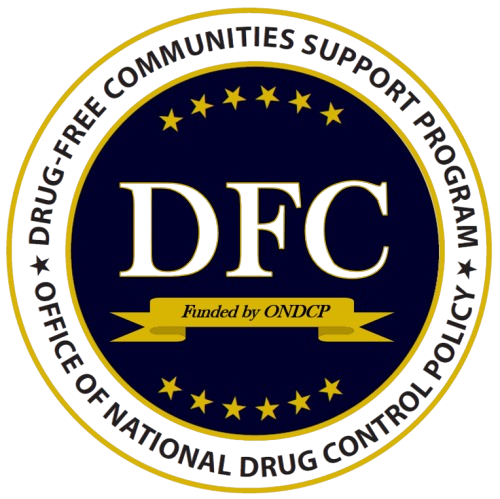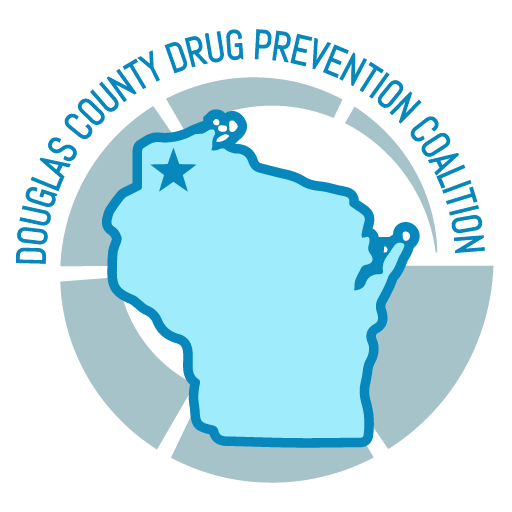Dose of Reality – Get the Facts on Opioids
Opioids impact lives, but knowledge and community save them. Start real conversations, take simple steps to prevent harm, and remember—help and recovery are always within reach.
Prevention Starts with Real Talks, Action, and Hope
Opioids are powerful drugs, but our communities are stronger. In Wisconsin, prescription painkillers, heroin, and fentanyl cause more deaths each year than car crashes—yet by working together, we can make a difference. Real talks—open, honest conversations—are the first step toward prevention, support, and recovery. Learn simple ways to reduce opioid harm, from safe medication disposal to recognizing overdose signs. Recovery is possible, and help is available through inclusive programs and community support. Together, we can change lives and build a safer future.




